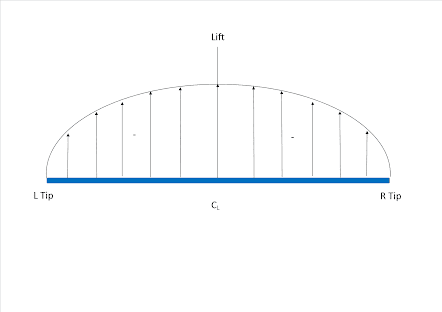Angle of Induced downwash
Downwash generated through
vortex deflects the airflow from horizontal through an angle called as the
angle of induced Downwash. This effect not only occurs behind the wing but also
impacts the airflow approaching the wing by deflecting in upward from the
horizontal through the same angle (ʠ). The resulting airflow is called effective relative airflow and
the angle between effective relative airflow and the horizontal is called
Ineffective angle of attack.
The resultant lift force which acts perpendicular to the
relative airflow is also deflected rear ward through the same angle (ʠi). The angle of
attack producing this Lift force is called effective angle of attack (ʠe) which is the angle
between chord line and effective relative airflow. A portion of lift tends to
retard the forward motion of the aircraft is called Induced drag which acts
horizontally rearwards.
The amount of lift acting vertically upwards is calculated by
the effective angle of attack and it is called Effective Lift. If the effective
angle of attack is smaller, lift generated is reduced. the amount of lift
generated increases from the wing tips in span wise direction.
To recover the lost lift ,angle of attack must be further increased
to maintain the effective angle of attack, which also influences the drag
component.



Comments
Post a Comment